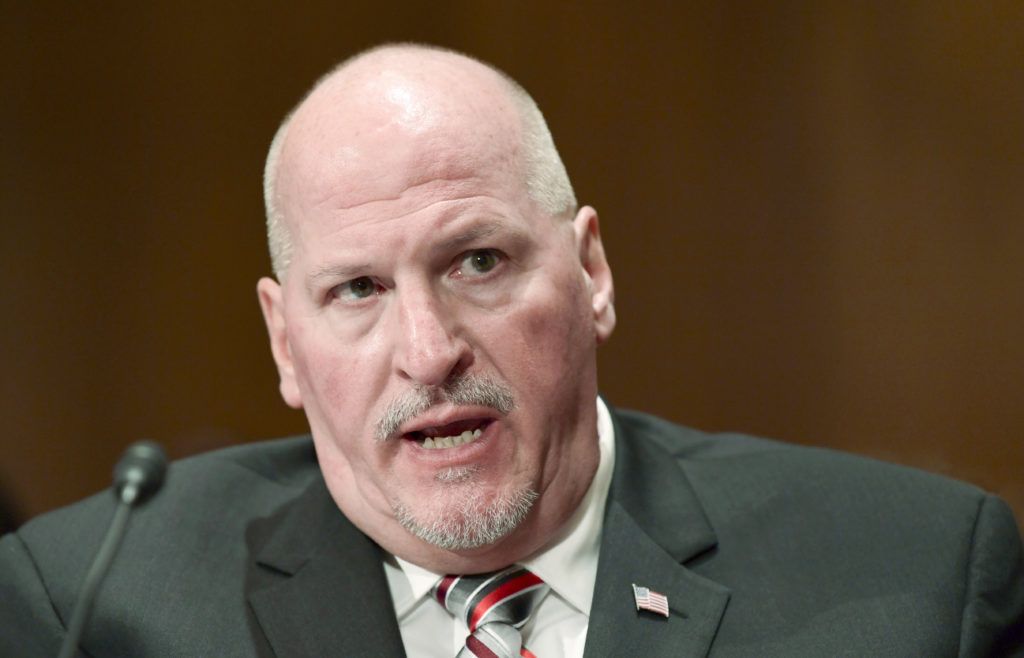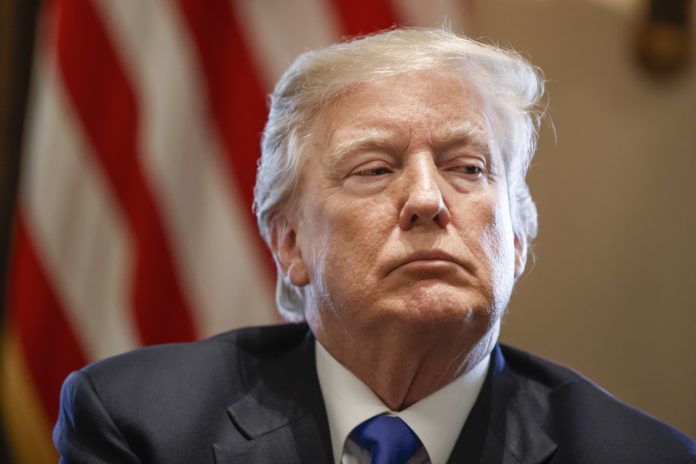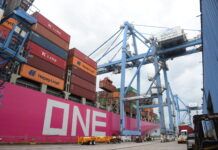The Trump administration has promised to roll back regulations that it says are handcuffing businesses and stifling the economy, and it has shown particular interest in bolstering the manufacturing industry. When it comes to OSHA oversight, however, you may see changes in tone more than substance, observers say.
During the early months of the new administration, officials signaled they would take a more relaxed approach to worker safety regulation and enforcement.
But Ed Flynn, vice president for health, safety and security with the Louisiana Chemical Association, doesn’t expect Trump officials to try to roll back rules that were legally promulgated by the previous administration.
“Going forward, are they going to be as aggressive in launching new rules?” he asks. “I think the jury’s out on that.” But after a year in office, he says, it appears OSHA has a “more light-handed approach” now.
“Under Obama, OSHA was really trying to make a name for themselves and make new rules,” adds Jane Heidingsfelder, a labor and employment attorney with Jones Walker. “They were very aggressive from that standpoint. Under Trump, I think that will all but go away.”
The federal rulemaking process is long and arduous. Once properly enacted, new rules can’t simply be eliminated by a new administration. Even tweaks to established rules can face a court challenge.
For example, work on new rules to protect workers from breathing in too much crystalline silica dust began in 2003. But OSHA didn’t begin enforcing the rules in the construction industry until last year, and most provisions of the standard for general industry won’t be in force until June 23, says Kathy Trahan, president and CEO of the Baton Rouge-based Alliance Safety Council.
“Once a new standard is passed, it is rarely reversed,” she notes.
Melissa Bailey, a Washington, D.C.-based attorney with Ogletree Deakins whose practice focuses on occupational safety and health issues, has seen “very little change” in federal safety enforcement. She says OSHA is on track to do just as many inspections this fiscal year as last year.
One thing that has changed, she says, is the press releases. While the Obama administration “called out employers or bad actors who didn’t care about safety,” the new folks take a softer tone.
“Other than that, it’s been business as usual,” she says. “Even if the Trump administration wanted to pull back on enforcement, that’s a tall order. It’s like turning an aircraft carrier.”
Scott Mugno, President Trump’s nominee to lead OSHA as assistant secretary of labor, had not been confirmed when this story was written.
Mugno is the vice president of safety, sustainability and vehicle maintenance at FedEx Ground, and has served as OSHA subcommittee chairman for the U.S. Chamber of Commerce, which has opposed a number of the agency’s regulation proposals.
ONLINE CHALLENGES

The next OSHA chief will have to figure out how to interpret and enforce the agency’s new rules regarding electronic recordkeeping. While companies have long been required to keep incident logs on site, large employers now will have to submit those records electronically.
“For the first time, a compliance officer can push a few buttons and can see the corporate history of injuries and illnesses,” Bailey says. A history of, say, forklift accidents at one company facility might cause OSHA to judge similar accidents at other sites run by that company more harshly, she suggests.
OSHA planned to develop an online portal that would allow users to review and compare companies’ safety records. Flynn, the Louisiana Chemical Association official, says employers were ready to comply, but OSHA had to delay the deadlines because it had failed to set up the website.
Once the portal was live, it was hacked within two weeks, he says.
“I’m sympathetic to OSHA, because they have an incredibly difficult job,” Flynn says.
Industry representatives hope the next OSHA head reviews the electronic record-keeping rule’s anti-retaliation provisions. Flynn says those provisions could hinder accident investigations that include post-incident drug testing.
MORE COOPERATION
Trump has proposed eliminating the U.S. Chemical Safety Board, which doesn’t have regulatory or enforcement power but plays an important role in investigating incidents at plants and refineries and developing recommendations for agencies like OSHA and the EPA, Flynn says. However, Congress has moved to continue funding the board’s operations, which LCA supports.
Tim Scott, a labor and employment attorney with Fisher Phillips, expects OSHA under Trump to focus more on compliance through cooperation and less on enforcement and “calling people out.”
Under the previous administration, industry representatives say, OSHA was eager to “call out” and “shame” rule breakers. More recent agency announcements adopt a softer tone.
As the new administration gets its people in place, Scott expects fewer violations will be classified as serious offenses worthy of the highest fines.
Still, Scott says managers of facilities that fall under the new electronic recordkeeping rules will want to make sure they’re in compliance. Otherwise, his main advice is to “keep doing what you’ve been doing.”
Any rules that do change won’t change quickly, and OSHA still wants to make sure employees are protected.
When OSHA comes to your jobsite, they can review anything and everything, Scott warns, not just whatever may have caused a specific incident.
“It’s just as important now as it was under the previous administration to really be ready for an OSHA inspection,” Bailey adds.
Safety enforcement under the Trump administration:
A sampling of what is—and isn’t—changing
Electronic recordkeeping
Deadlines for this new requirement have been pushed back more than once. Barring another reprieve, companies with 250 or more employees now are required to submit to OSHA electronic records of workplace injuries and illnesses. But in response to privacy concerns, the agency has proposed tweaking the rules so that only Form 300A, which does not include personally identifiable information, must be submitted. The next agency head will have to decide how to interpret the rule’s anti-retaliation provisions, which industry officials say discourage post-incident drug testing.
Crystalline silica
Industry representatives lost their most recent court challenge to these standards, which OSHA already has begun enforcing for the construction industry. Most provisions for general industry are scheduled to be in force by June 23, says Kathy Trahan, president and CEO of the Alliance Safety Council.
‘Blacklisting’ rule
Companies vying for federal contracts no longer have to disclose labor violations, such as workplace safety penalties.
Risk management plans
Obama-era rules changes meant to require deeper collaboration among facility managers and local first responders have been delayed by EPA for reevaluation until at least 2019.
Beryllium exposure
New, lower exposure limits will remain in place.
Future rules
A significant amount of rulemaking activity that appeared on OSHA’s 2016 regulatory agenda, including standards for blood borne pathogens and combustible dust, disappeared from the 2017 agenda.
Information compiled in December 2017 from interviews and publicly available sources.
This article was originally published in the first quarter 2018 edition of 10/12 Industry Report.









